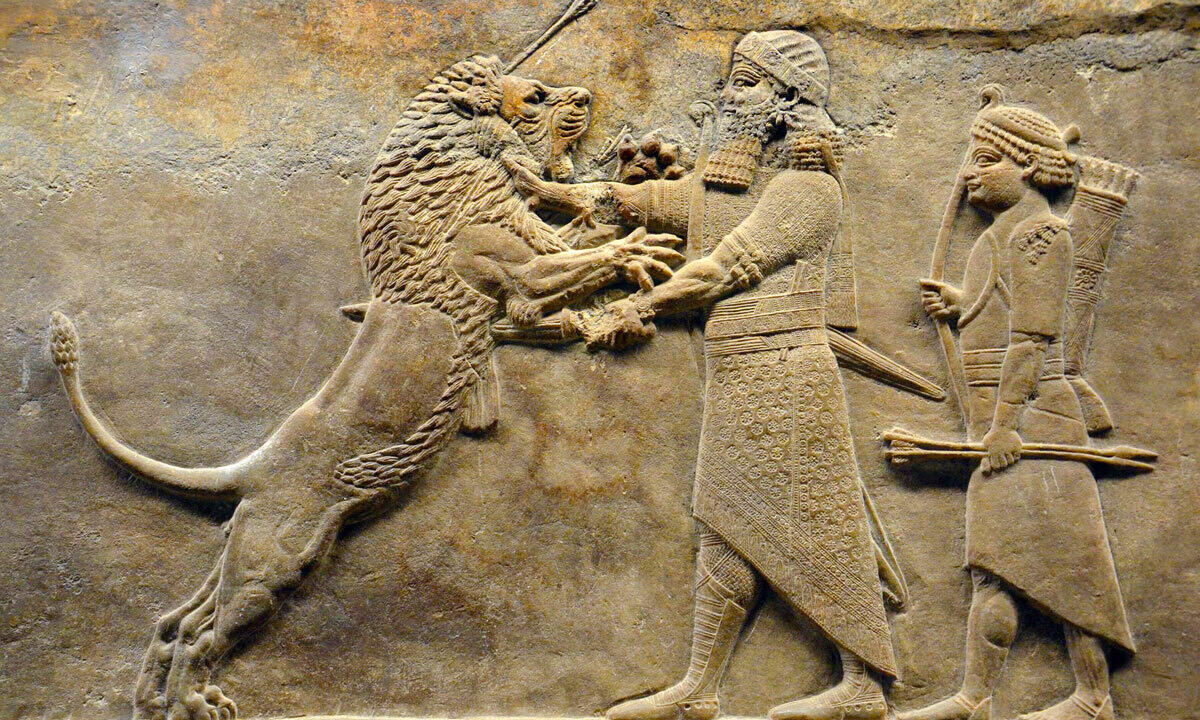
What happened at the Battle of Carchemish? The Battle of Carchemish was a significant clash in 605 BC between the armies of Egypt, allied with the remnants of the Assyrian Empire, and the Babylonian forces led by Nebuchadnezzar II. This battle marked the end of Assyrian dominance and the rise of the Neo-Babylonian Empire. The Egyptians, under Pharaoh Necho II, aimed to support the Assyrians but were decisively defeated. This victory allowed Babylon to expand its influence over the Near East, reshaping the political landscape. Understanding this battle helps us grasp the shifts in power during ancient times, highlighting the importance of strategic military engagements in history.
Key Takeaways:
- The Battle of Carchemish in 605 BCE marked the end of the Assyrian Empire and the rise of Babylon, shaping the ancient Near Eastern history with its strategic significance and far-reaching consequences.
- This historic battle involved major powers like Egypt, Babylon, and the Assyrian Empire, and its impact continues to be studied and celebrated in literature, culture, and academic research.
The Battle of Carchemish: An Overview
The Battle of Carchemish was a significant conflict that took place in 605 BCE. It marked a turning point in ancient Near Eastern history, involving major powers of the time. Here are some fascinating facts about this historic battle.
-
The battle occurred near the ancient city of Carchemish, located on the banks of the Euphrates River.
-
It was fought between the allied forces of Egypt and the remnants of the Assyrian Empire against the Babylonians and Medes.
-
The Babylonian army was led by Crown Prince Nebuchadnezzar II, who later became one of Babylon's greatest kings.
-
Pharaoh Necho II commanded the Egyptian forces, aiming to support the Assyrians and expand Egyptian influence.
-
The Assyrian Empire was in decline, having lost its capital Nineveh to the Babylonians and Medes in 612 BCE.
Key Players and Their Motivations
Understanding the motivations of the key players helps to grasp the significance of the battle. Each side had its reasons for engaging in this conflict.
-
Nebuchadnezzar II sought to consolidate Babylonian power and eliminate the Assyrian threat once and for all.
-
Pharaoh Necho II aimed to control the trade routes and maintain a buffer zone against Babylonian expansion.
-
The Assyrians, though weakened, hoped to reclaim their lost territories and restore their former glory.
-
The Medes, allies of Babylon, were interested in expanding their influence in the region.
-
The battle was part of a larger struggle for dominance in the ancient Near East, involving multiple empires and shifting alliances.
The Course of the Battle
The Battle of Carchemish was not just a single-day event but a series of engagements that culminated in a decisive confrontation. Here are some details about how the battle unfolded.
-
The initial skirmishes began in the spring of 605 BCE, with both sides maneuvering for advantage.
-
The main battle took place in early summer, with the Babylonians launching a surprise attack on the Egyptian-Assyrian camp.
-
Nebuchadnezzar's forces used superior tactics and coordination to outflank and overwhelm the enemy.
-
The Egyptian and Assyrian armies were caught off guard and suffered heavy casualties.
-
The Babylonians captured the city of Carchemish, securing a strategic victory.
Aftermath and Historical Impact
The consequences of the Battle of Carchemish were far-reaching, reshaping the political landscape of the ancient Near East. Here are some of the key outcomes.
-
The defeat marked the end of the Assyrian Empire as a major power.
-
Babylon emerged as the dominant force in the region, leading to the establishment of the Neo-Babylonian Empire.
-
Pharaoh Necho II retreated to Egypt, abandoning his ambitions in the Near East.
-
Nebuchadnezzar II's victory solidified his reputation as a formidable military leader.
-
The battle set the stage for future conflicts between Babylon and other regional powers, including the Kingdom of Judah.
Archaeological and Historical Evidence
The Battle of Carchemish is well-documented through various sources, providing valuable insights into this historic event. Here are some facts about the evidence we have.
-
Ancient Babylonian chronicles, such as the Nebuchadnezzar Chronicle, provide detailed accounts of the battle.
-
The Bible also references the battle in the Book of Jeremiah, highlighting its significance.
-
Archaeological excavations at Carchemish have uncovered artifacts and fortifications related to the battle.
-
Inscriptions and reliefs from the period depict scenes of the conflict and its aftermath.
-
Modern historians and archaeologists continue to study the battle, uncovering new information and interpretations.
Cultural and Literary References
The Battle of Carchemish has left a lasting legacy in literature and culture, influencing various works over the centuries. Here are some examples.
-
The battle is mentioned in the works of ancient historians such as Herodotus and Berossus.
-
It has been the subject of numerous historical novels and fictionalized accounts.
-
The battle's dramatic events have inspired plays and films, bringing the story to a wider audience.
-
Scholars often use the battle as a case study in military strategy and ancient warfare.
-
The legacy of the battle continues to be explored in academic research and popular media.
Interesting Tidbits and Lesser-Known Facts
Beyond the well-known aspects of the Battle of Carchemish, there are many intriguing details that add depth to our understanding of this historic event.
-
The battle saw the use of chariots, which played a crucial role in the tactics of both sides.
-
Some historians believe that the battle influenced the development of military technology and strategy in the ancient world.
-
The site of Carchemish has been a focal point for archaeological research, revealing layers of history spanning millennia.
-
The battle is often compared to other significant ancient conflicts, such as the Battle of Kadesh and the Battle of Megiddo.
-
The strategic importance of Carchemish continued long after the battle, with the city remaining a key military and trade hub.
Modern Interpretations and Relevance
The Battle of Carchemish remains a topic of interest for historians, archaeologists, and enthusiasts of ancient history. Here are some modern perspectives on its relevance.
-
The battle is seen as a turning point in the transition from the Assyrian to the Babylonian dominance in the Near East.
-
It provides valuable lessons in leadership, strategy, and the complexities of ancient warfare.
-
The battle's documentation offers insights into the political and military dynamics of the time.
-
Modern technology, such as satellite imagery and advanced excavation techniques, continues to shed new light on the battle.
-
The enduring fascination with the Battle of Carchemish highlights its significance in the broader narrative of human history.
Final Thoughts on the Battle of Carchemish
The Battle of Carchemish stands as a pivotal moment in ancient history. This clash between the Egyptians and the Babylonians in 605 BC reshaped the power dynamics of the Near East. The Babylonian victory not only marked the decline of Egyptian influence but also paved the way for the rise of the Neo-Babylonian Empire under Nebuchadnezzar II.
Understanding this battle helps us grasp the complexities of ancient geopolitics and the shifting alliances that defined the era. The strategic importance of Carchemish, located near the modern-day border of Turkey and Syria, cannot be overstated. It was a crossroads of trade and military routes, making it a coveted prize for any empire.
Reflecting on these facts, the Battle of Carchemish remains a testament to the ever-changing nature of power and influence in the ancient world.
Frequently Asked Questions
Was this page helpful?
Our commitment to delivering trustworthy and engaging content is at the heart of what we do. Each fact on our site is contributed by real users like you, bringing a wealth of diverse insights and information. To ensure the highest standards of accuracy and reliability, our dedicated editors meticulously review each submission. This process guarantees that the facts we share are not only fascinating but also credible. Trust in our commitment to quality and authenticity as you explore and learn with us.


